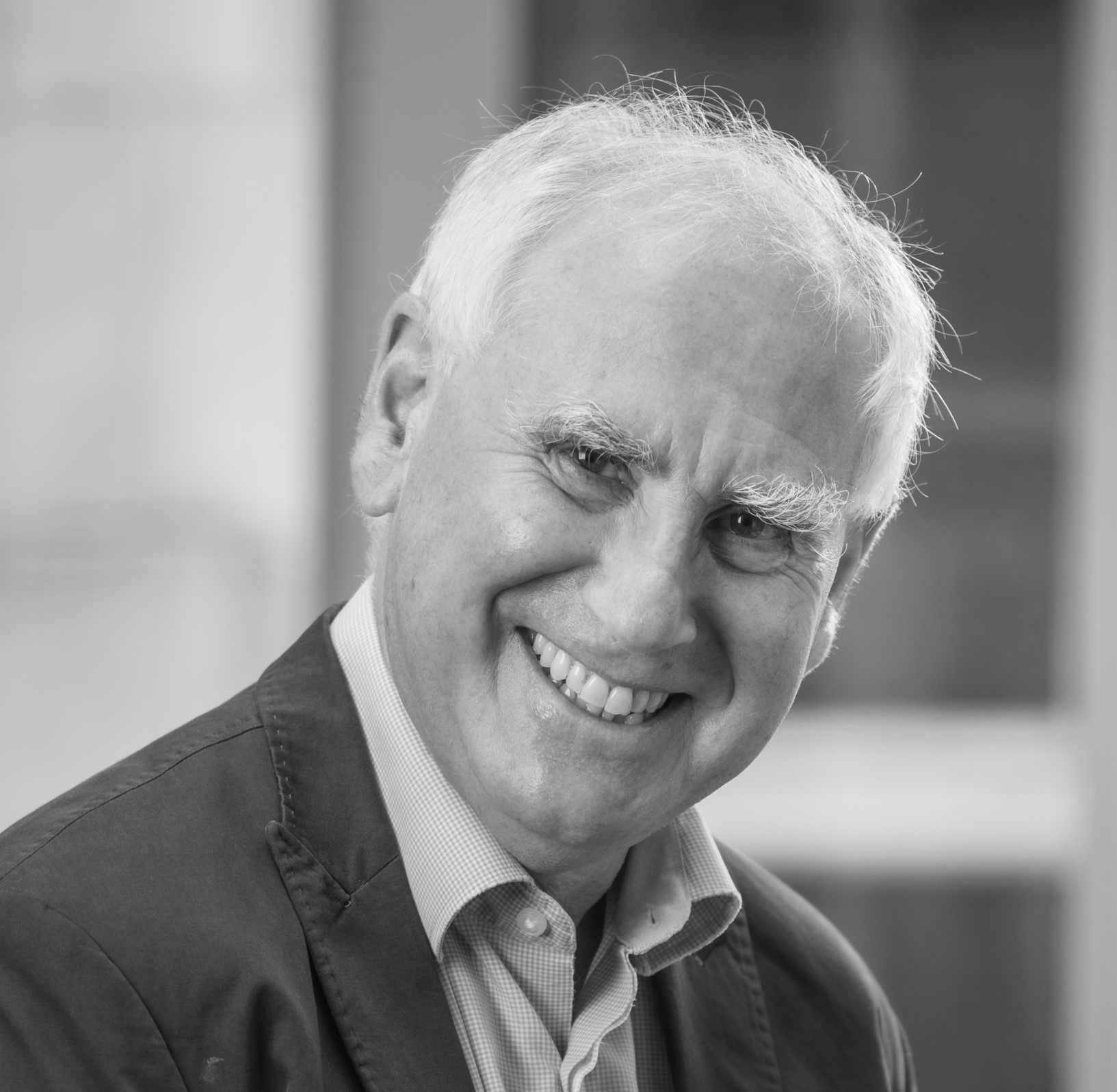Key Facts
 Tom Rapoport graduated with honors and earned his Ph.D. from Humboldt University (Berlin) in 1972. He then worked at the Zentralinstitut für Molekularbiologie der Akademie der Wissenschaften der DDR in Berlin, which later became the Max-Delbrück-Institute. In 1995, he joined the faculty of Harvard Medical School as Professor of Cell Biology.
Tom Rapoport graduated with honors and earned his Ph.D. from Humboldt University (Berlin) in 1972. He then worked at the Zentralinstitut für Molekularbiologie der Akademie der Wissenschaften der DDR in Berlin, which later became the Max-Delbrück-Institute. In 1995, he joined the faculty of Harvard Medical School as Professor of Cell Biology.
In 1997, Dr. Rapoport was appointed as a Howard Hughes Medical Institute Investigator. He is an elected member of the National Academies of the USA and Germany and also of EMBO. Tom has received multiple awards, including the Sir Hans Krebs Medal from FEBS in 2007.
Tom Rapoport is a leading biochemist and structural biologist. He developed the Metabolic Control Analysis (MCA), a theory that describes the regulation of metabolic networks (together with Reinhart Heinrich). Currently, his group studies how proteins are translocated across cellular membranes, how misfolded proteins are degraded and how organelles form and maintain their characteristic shape. Tom’s group elucidated the mechanism of protein translocation, reconstituted protein translocation into the endoplasmic reticulum (ER) with purified components, identified the Sec61 complex as the protein-conducting channel, determined the first structure of a protein-conducting channel (together with Steve Harrison), and clarified the molecular mechanism of different modes of translocation. Another area of research concerns ER-associated protein degradation (ERAD). Major discoveries include the identification of the essential role of the p97 (Cdc48) ATPase, the reconstitution of a basic ERAD process with purified components, the elucidation of the mechanism of the Cdc48 ATPase, and the structure of the retro-translocon. Rapoport has also started a field that is directed towards an understanding of how organelles are shaped. His lab has identified proteins that form ER tubules, fusion GTPases that connect the tubules into a network, and has reconstituted ER network formation with purified proteins. More recently, his group has worked on the mechanism by which proteins are imported into peroxisomes.

